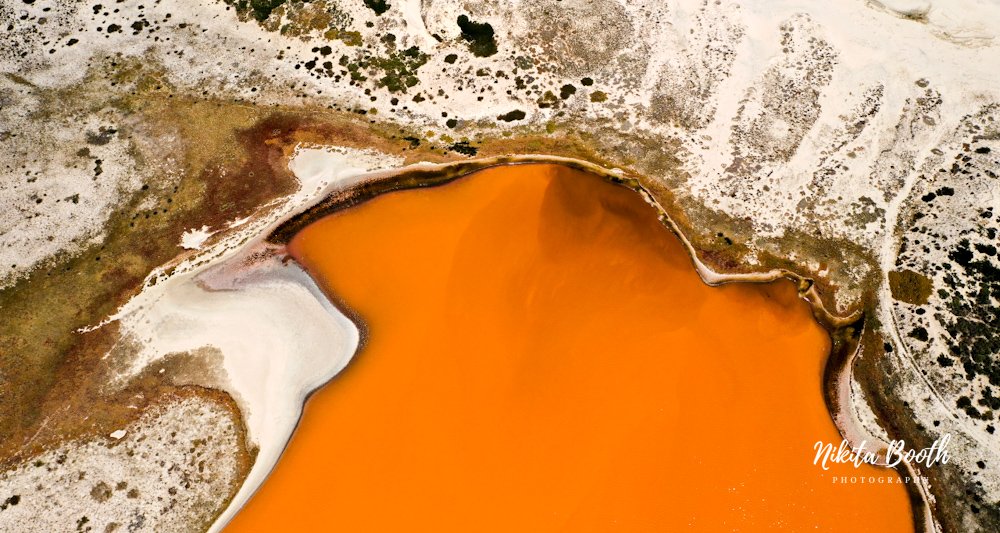Sustainable Seafood Choices: Navigating the Complexities of Ocean-Friendly Eating
Fish and shellfish are undeniably healthy — and delicious, to boot! But how do you know if they were caught or raised in an eco-friendly manner? Here are five tips to help you navigate confusing labeling and find truly sustainable seafood.
1. Dine on Bivalves
Also called mollusks, this category of seafood includes oysters, clams, mussels and scallops. Farmed bivalves are one of the most sustainable types of meat you can eat. In fact, raising them for food can actually be good for the environment.
Mollusks soak up nutrients — like nitrogen from wastewater and agricultural runoff — from the ocean, where farmers raise them in large cages. One study found that, in combination with seaweed farms, bivalve aquaculture removed 575 pounds of nitrogen per acre of water.
Bivalves also eat algae rather than relying on grain-based foods, like corn or wheat, that can be contaminated with dangerous mycotoxins. Mycotoxins are sometimes found in farmed fish that eat contaminated grain.
Wild-caught bivalves are usually obtained by dredging, which involves dragging a net across the ocean floor and harming other species — like corals — in the process. To choose sustainable mollusks, eat those that were farmed rather than wild-caught. You’ll be doing the environment a favor!
2. Buy Seafood From Certain Countries
Although it’s not a foolproof method, buying products from countries with strong fishing and farming regulations can help you find sustainable seafood. For example, the United States has strong fishery management laws as well as the Marine Mammal Protection Act, Endangered Species Act, National Aquaculture Act and National Environmental Policy Act in place. Taken together, these laws crack down on overfishing and unsustainable farming.
Other countries that have strong fishery management laws include New Zealand, Australia, Norway and Iceland.
3. Look for Official Certifications
Don’t rely on a brand’s own messaging to determine if a product is sustainable. Terms like “sustainable,” “organic,” and “humanely raised” have loose — if not absent — legal definitions, misleading customers into thinking they’re eating sustainable seafood. In one especially unusual case, retailer Marks & Spencer created a salmon brand called Lochmuir, complete with a fictitious lake on the packaging, to imply the fish had been caught in a Scottish loch.
Luckily, third-party certifications from various organizations can help you make sustainable choices. Look for labels from the Marine Stewardship Council (MSC), Aquaculture Stewardship Council (ASC) and Best Aquaculture Practices (BAP) that indicate environmentally friendly products.
4. Check the MBA’s Ratings
One of the best tools you can use to find sustainable seafood is the Monterey Bay Aquarium (MBA) Seafood Watch Program website. It uses a color-coding system to label products according to how eco-friendly they are.
Labels take into account a species’ population, current fishing practices and the overall impact of harvesting the animal. The same type of fish or shellfish often bears a different status depending on its location or whether it’s sushi grade.
The MBA’s rating system is considered the gold standard for labeling seafood, but it isn’t the only one. Other useful seafood guides include the Smart Seafood Guide by the Australian Marine Conservation Society and the Good Fish Guide by the Marine Conservation Society (UK).
5. Eat Flash-Frozen Fish
It might be surprising, but fish that have been flash frozen — chilled to an extremely cold temperature and frozen quickly — can be better for the environment than fresh fish. Why?
Getting fresh fish to the store involves transporting it in a refrigerated truck, which uses a lot of energy. That translates to more carbon emissions overall. Instead, drivers can transport flash-frozen fish in insulated containers. Additionally, flash-frozen fish have a longer shelf life than fresh fish, helping avoid food waste.
Flash freezing is better than standard freezing because the process is so quick that it helps retain the fish’s original texture and flavor. No more mushy tilapia! Plus, just like traditional freezing, flash-freezing locks in nutrients like omega-3 fatty acids, EPA and DHA so you can enjoy a healthy dinner. Experts recommend eating at least two servings of fish weekly to support your health.
Enjoying Sustainable Seafood
Becoming eco-conscious doesn’t mean you have to shun your favorite sushi. Although finding environmentally friendly fish does require doing a little research, there are so many great resources that can help you find sustainable seafood.
Above all, remember that living a green lifestyle is a learning experience, so be open to new foods or preparation methods you may not have tried. Who knows? You might just decide you like oysters after all.
_
Beth, the Managing Editor and content manager at Body+Mind, is well-respected in the mental health, nutrition and fitness spaces. In her spare time, Beth enjoys cooking and going for runs with her dog.



